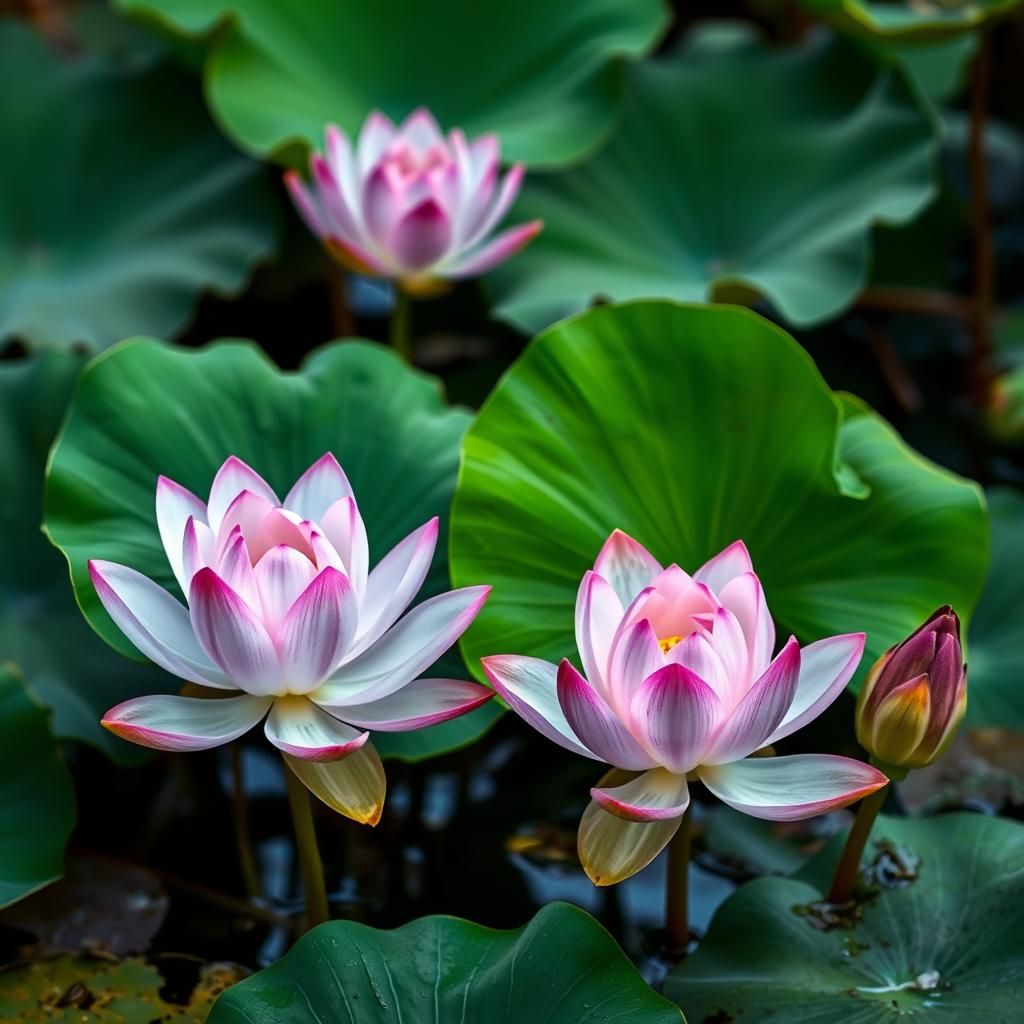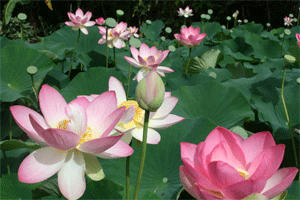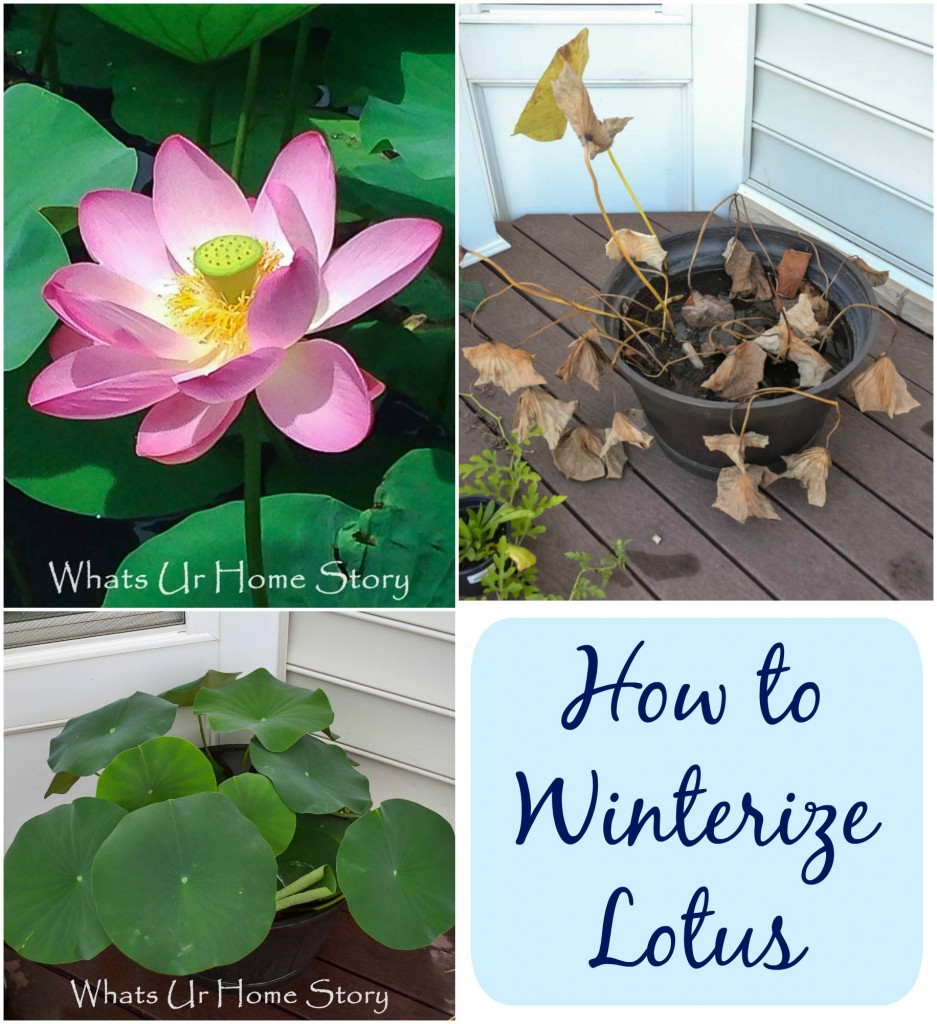Discover the Best Lotus Plants for Sale Australia: Your Guide to Beautiful Aquatic Gardens

Creating a stunning aquatic garden begins with the right plants, and lotus flowers are a top choice for adding beauty and tranquility to your outdoor space. In Australia, a diverse range of lotus plants is available for sale, each offering unique colors, sizes, and blooming characteristics. This guide aims to help you discover the best lotus varieties suited for your garden, whether you seek vibrant blossoms or serene foliage. Join us as we explore the enchanting world of lotus plants, providing tips on selection, care, and placement to ensure your aquatic garden flourishes beautifully throughout the seasons.
Exploring Lotus Plants for Sale in Australia
Lotus plants have become increasingly popular among garden enthusiasts in Australia due to their stunning aesthetics and cultural significance. These aquatic plants not only enhance the beauty of ponds and water features but also offer various benefits, such as improving water quality and providing habitat for wildlife. For those looking to purchase lotus plants, Australia boasts several nurseries and online retailers specializing in aquatic flora. It’s essential to consider the specific species of lotus, as they can vary greatly in size, color, and care requirements, ensuring that you choose the right option for your garden or water feature.
Types of Lotus Plants Available
There are many different species of lotus plants available for sale in Australia, including the popular Nelumbo nucifera (sacred lotus) and Nymphaea varieties (water lilies). Each species offers unique characteristics, such as flower size, color variations, and growth patterns. When selecting a lotus plant, it's essential to consider the specific environment in which you intend to cultivate it, as conditions like sunlight, pond depth, and temperature can greatly impact the health of the plants.
Where to Buy Lotus Plants in Australia
In Australia, there are many nurseries, both physical and online, that specialize in the sale of lotus plants, namely Australian Waterlily and Lotus Society and various garden centers. Online platforms such as eBay and Etsy also feature a range of vendors offering lotus plants. When purchasing online, it's crucial to read reviews and ensure that the seller provides a guarantee for healthy plants. Additionally, local botanical gardens and plant fairs often showcase lotus plants, allowing buyers to see the plants in person before making a purchase.
Caring for Your Lotus Plants
Caring for lotus plants requires understanding their specific needs. Lotus plants thrive in full sun and benefit from being planted in aquatic soil in a pond with still, warm water. Regular fertilization during the growing season promotes healthy growth and blooming. It's also essential to monitor for pests and diseases, though lotus plants are generally hardy and resistant. As they grow, providing appropriate support, such as baskets for the roots, can help prevent overcrowding in smaller ponds.
Benefits of Growing Lotus Plants
Growing lotus plants in your garden or pond offers several benefits. One of the most significant advantages is their ability to improve water clarity by filtering out impurities and providing oxygen. Moreover, lotus plants are known for their stunning, fragrant flowers that attract a variety of pollinators and enhance the natural beauty of any landscape. They can also create a habitat for aquatic wildlife, contributing to ecological balance and biodiversity in your garden.
Lotus Plants in Australian Culture
Lotus plants hold a special significance in various cultures, including Australian Indigenous cultures as well as those of Southeast Asia. They are often symbols of purity, enlightenment, and rebirth, and are featured in various art forms and traditional practices. Understanding the cultural importance of lotus plants can add a deeper appreciation and connection for those who choose to incorporate them into their gardens or landscapes.
| Lotus Species | Flower Color | Height | Water Depth |
|---|---|---|---|
| Nelumbo nucifera | Pink or White | Up to 1.5m | 20-100cm |
| Nymphaea caerulea | Blue | Up to 1m | 15-60cm |
| Nymphaea odorata | White | Up to 1.2m | 20-80cm |
Can you grow lotus in Australia?

Yes, you can grow lotus in Australia, specifically the species known as Nelumbo nucifera, commonly referred to as the sacred lotus or Indian lotus. This plant is not only valued for its striking flowers but also for its cultural significance and edible parts. The optimal growing conditions for lotus involve warm temperatures, full sunlight, and a suitable aquatic environment. Here are detailed insights on growing lotus in Australia.
Climate Requirements
Lotus plants thrive in a warm, tropical or subtropical climate. In Australia, this means they are best grown in regions with moderate to warm temperatures.
- Temperature: Lotus requires a minimum temperature of 20°C (68°F) for optimal growth.
- Sunlight: These plants need at least 6 hours of direct sunlight daily to produce flowers effectively.
- Frost Protection: In colder areas, it’s important to protect the plants from frost, as they can be damaged by temperatures below 10°C (50°F).
Water Depth and Quality
Lotus plants grow in water, usually in ponds or large containers. The quality and depth of the water are crucial for their growth.
- Water Depth: Ideal water depth for lotus is between 30 to 90 centimeters (12 to 36 inches).
- Water Temperature: The water should be warm, with temperatures ideally above 20°C (68°F).
- Water Quality: Clear, clean water is essential; avoid water that contains high levels of pollutants or excessive nutrients.
Soil Requirements
The choice of soil can significantly affect the growth of lotus plants. It's essential to provide the right type of substrate.
- Soil Type: Use heavy, clayey soil as it helps the plants to anchor and prevents the roots from floating.
- Nutrient Content: Incorporate organic matter to enrich the soil; lotus benefits from a nutrient-rich substrate.
- pH Level: Aim for a slightly acidic to neutral pH (around 6.5 to 7.5) for optimal growth.
Propagation Methods
Lotus can be propagated through seeds or rhizomes, each with its own method and considerations.
See also:
- Seeds: Lotus seeds require scarification or soaking for several days to promote germination.
- Rhizomes: Division of rhizomes can be done in spring; ensure that each division has at least one growth bud.
- Planting: Once prepared, plant seeds or rhizomes in containers with soil and place them in shallow water.
Maintenance and Care
Once established, lotus plants require proper maintenance to thrive and produce flowers.
- Fertilization: Use a slow-release aquatic fertilizer during the growing season to support flowering.
- Pruning: Remove dead leaves and spent flowers regularly to encourage new growth.
- Pest Management: Monitor for pests such as aphids and slugs, and take action as needed to protect the plants.
Do lotus come back every year?

Lotus flowers are a popular choice for ponds and water gardens, and many people wonder whether these beautiful plants return every year. The answer depends on the specific type of lotus, the climate, and how they are cared for. Generally, lotus plants, particularly the species known as Nymphaea (water lilies) and Nelumbo (true lotuses), are considered perennial plants, which means they can come back year after year under the right conditions.
Understanding Lotus Life Cycle
The life cycle of lotus plants is fascinating and involves several stages. These stages include:
- Germination: Lotus seeds can lie dormant for many years until the conditions are right for germination.
- Growth: Once germinated, lotus plants grow rapidly in warm water, developing extensive root systems and large, floating leaves.
- Blooming: In the summer months, the lotus flowers bloom, showcasing their vibrant colors above the water's surface.
Factors Influencing Lotus Return
Several factors influence whether lotus plants will return each year:
- Climate: Lotus plants thrive in warm temperatures. In colder climates, they may not survive the winter unless protected.
- Water Depth: The depth of water in which lotus plants grow should be maintained to ensure their survival over the winter months.
- Care Practices: Providing the right amount of nutrients, sunlight, and managing pests can significantly impact the return of lotus plants.
Types of Lotus Plants
Different types of lotus plants exhibit varying characteristics regarding their return:
- Nelumbo nucifera: Also known as the sacred lotus, this species is quite hardy and can return year after year in suitable climates.
- Nelumbo lutea: The American lotus, which can also survive in various conditions but is less hardy in extreme cold.
- Nymphaea: Water lilies, often confused with lotuses, behave similarly but might have different care requirements.
Winter Care for Lotus
Taking care of lotus plants during the winter months is crucial for ensuring their return:
- Indoor Storage: In colder regions, pot up the lotus and move it indoors or to a greenhouse during the winter.
- Pond Maintenance: Ensure that the pond does not freeze completely, as this can harm the roots.
- Debris Removal: Clear away dead foliage and debris to prevent disease and promote healthy growth in the spring.
When to Expect Lotus Blooms
Understanding when to expect lotus blooms helps in planning and care:
- Spring Growth: Lotuses typically begin their growth in early spring as temperatures start to rise.
- Summer Blooming: Most lotus species bloom during the summer months, usually from June through August.
- Maintenance During Bloom: Regular care and nutrient management during the blooming period can enhance flower production.
Is it okay to grow lotus at home?

Growing lotus at home can be a rewarding venture, offering both beauty and tranquility. Many people appreciate the aesthetic appeal and the unique characteristics of lotus plants, often seen in water gardens and ponds. However, there are important factors to consider when deciding to grow lotus at home.
Understanding Lotus Plants
Lotus plants belong to the Nymphaeaceae family and exist in various species, primarily Nymphaea and Nelumbo. They are known for their large, showy flowers that emerge above water surfaces, creating a breathtaking display.
- Flowers: They bloom in multiple colors, including white, pink, and blue.
- Leaves: They have broad leaves that can float on water, creating a habitat for aquatic life.
- Roots: Lotus roots can be harvested and are considered a delicacy in many Asian cuisines.
Growing Conditions
Lotus plants thrive in specific conditions. They require a sunny location, warm temperatures, and specific water conditions to flourish.
- Sunlight: Lotus requires at least 6 hours of direct sunlight per day.
- Water Depth: They prefer a water depth of 12 to 24 inches, depending on the species.
- Temperature: Ideal temperatures range from 75°F to 95°F (24°C to 35°C).
Planting Lotus at Home
When planting lotus, it's crucial to follow proper procedures to ensure successful growth. This includes selecting the right container and soil.
See also:
- Container: Use a wide, shallow pot that allows for adequate growth of the roots.
- Soil: Specific aquatic soil is recommended, as conventional potting soil can float away.
- Planting: Place the tuber horizontally in the soil, burying it just enough to secure it without covering the growing tips.
Maintenance and Care
Lotus plants require ongoing care to thrive and produce blooms. Regular maintenance routines should be established.
- Water Quality: Keep the water clean and free of debris to prevent diseases.
- Fertilization: Use aquatic plant fertilizer sparingly during the growing season for optimal flowering.
- Pruning: Remove dead leaves and blooms to encourage healthy growth.
Pest Management
Common pests and diseases can affect lotus plants, so vigilance is necessary. Identifying and addressing these issues promptly helps maintain plant health.
- Insects: Watch for aphids and spider mites; insecticidal soap can effectively manage them.
- Disease: Fungal infections can be mitigated through proper spacing and air circulation.
- Mitigation: Introduce beneficial insects like ladybugs to combat pest issues naturally.
What is the lifespan of a lotus plant?

The lifespan of a lotus plant can vary significantly based on several factors, including the species, the environment, and cultivation methods. Generally, a lotus plant can live anywhere from 30 to 50 years in optimal conditions. Some species are known to exhibit longevity, while others may have shorter lifespans. The plant's ability to endure harsh conditions and its resilient nature contribute to its long life.
Factors Influencing Lotus Plant Lifespan
The lifespan of a lotus plant can be affected by various environmental and biological factors, including:
- Water Quality: Clean, nutrient-rich water is essential for the growth and health of lotus plants.
- Soil Conditions: Well-drained and fertile soil supports the longevity of the plant.
- Climate: Lotus plants thrive in warm temperatures, and extreme cold can negatively impact their lifespan.
Lotus Species and Their Lifespans
Different species of lotus exhibit varying lifespans, which can be influenced by genetic factors:
- Nelumbo nucifera: Also known as the sacred lotus, it is one of the most common species with a lifespan of up to 50 years.
- Nelumbo lutea: The American lotus typically has a shorter lifespan compared to its Asian counterpart.
- Hybrid Varieties: Hybrids may have differing longevity based on their parent species.
Care Practices for Longevity
To maximize the lifespan of a lotus plant, proper care and maintenance are crucial:
- Regular Feeding: Using aquatic plant fertilizers can promote healthy growth and extended life.
- Pruning: Removing dead leaves and flowers helps prevent disease and encourages new growth.
- Winter Protection: In colder climates, ensuring the roots are protected during the winter months can prolong their life.
Signs of Aging in Lotus Plants
Identifying signs of aging can help in taking necessary measures to maintain lotus health:
- Reduced Flowering: A decrease in the number of flowers may indicate the plant is entering old age.
- Leaf Health: Yellowing leaves are often a sign of nutrient deficiencies or aging.
- Root Health: Inspecting roots for rot or other issues can indicate a need for intervention.
Environmental Adaptability of Lotus Plants
Lotus plants are known for their adaptability, which contributes to their lifespan:
- Survival in Varying Conditions: They can thrive in both still and flowing water.
- Seasonal Growth Patterns: Lotus plants often go dormant in colder months and re-emerge in the spring.
- Resilience to Environmental Stress: Their ability to withstand fluctuating water levels and temperatures enhances their longevity.
Questions from Our Readers
Where can I buy lotus plants in Australia?
You can purchase lotus plants from various sources in Australia, including online nurseries, garden centers, and specialty aquatic plant retailers. Websites like eBay or local classified ads can also have listings for sellers in your region, making it easier to find the variety you want.
What types of lotus plants are available for sale in Australia?
In Australia, you can find both native and exotic lotus plant varieties for sale. Popular types include the Sacred Lotus (Nelumbo nucifera) and the American Lotus (Nelumbo lutea), each offering different aesthetic and environmental benefits for your garden or pond.
How much do lotus plants cost in Australia?
The cost of lotus plants in Australia can vary widely depending on the species, size, and supplier. Typically, prices may range from AU$20 for smaller plants to AU$100 or more for larger, established specimens, so it's best to compare options.
What are the planting requirements for lotus plants?
Lotus plants generally require full sun, supported in water that is at least 30 cm deep. They thrive in muddy soil with nutrients, so planting them in a aquatic planter filled with soil and submerged in a pond can help them grow effectively.
See also:

If you want to read more articles like Discover the Best Lotus Plants for Sale Australia: Your Guide to Beautiful Aquatic Gardens, we recommend you check out our Landscaping category.
Leave a Reply
Related Articles